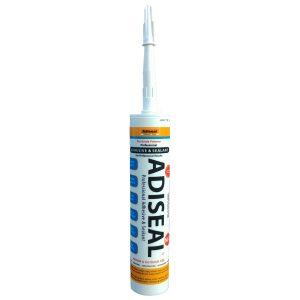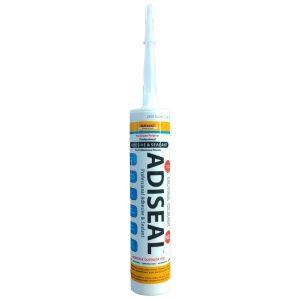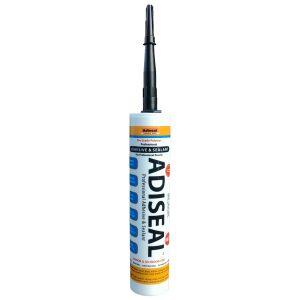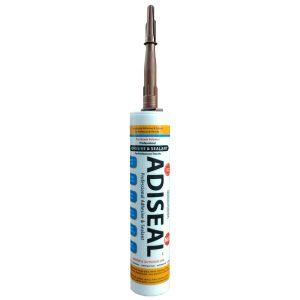Lead Flashing Sealant
Lead Flashing Sealant: Protecting Your Roof
Lead flashing sealant is a crucial component in roofing systems, providing a watertight and durable seal around lead flashings. This article explores the importance of lead flashing sealant, its key benefits, and tips for using it effectively. Whether you’re a professional roofer or a homeowner, understanding the role of the sealant can help ensure the long-lasting integrity of your roof.

The Significance of Lead Flashing Sealant
Lead flashing sealant plays a vital role in protecting roofs from water infiltration and preventing leaks. Here are a few reasons why it is highly valued:
1. Waterproofing:
– It creates a watertight barrier, preventing rainwater and moisture from seeping through the gaps between lead flashings and roofing materials.
– It ensures that the vulnerable areas of the roof remain protected, reducing the risk of water damage.
2. Durability and Longevity:
– The sealant provides a resilient and long-lasting bond, withstanding weathering, temperature fluctuations, and UV exposure.
– It contributes to the overall durability of the roof, extending its lifespan and reducing maintenance requirements.
Benefits of Using Lead Flashing Sealant
Using lead flashing sealant offers several advantages for both professionals and homeowners:
1. Leak Prevention:
– The sealant effectively seals gaps and joints, minimizing the risk of water leaks and potential structural damage.
– It provides added protection against leaks in areas prone to heavy rainfall or where different roofing materials meet.
2. Easy Application:
– It is user-friendly and can be applied with standard caulking guns or applicators.
– Its ease of use allows for efficient installation and saves time during roofing projects.
3. Versatile Compatibility:
– This sealant is compatible with a wide range of roofing materials, including metal, slate, tile, and asphalt.
– It can be used in various applications, such as chimney flashing, valley installation, and roof-to-wall connections.
Tips for Effective Use of Lead Flashing Sealant
To maximize the effectiveness of lead flashing sealant, consider the following tips:
1. Surface Preparation:
– Ensure that the flashing surface is clean, dry, and free from debris, rust, or old sealant.
– Proper surface preparation promotes better adhesion and a stronger seal.
2. Proper Application:
– Apply the sealant evenly and in the right quantity to cover the joint or gap completely.
– Use a suitable tool to achieve a smooth finish and eliminate any air pockets.
3. Follow Manufacturer Guidelines:
– Always refer to the manufacturer’s instructions regarding the curing time, application temperature, and any specific requirements for the sealant.
– Adhering to the recommended guidelines ensures optimal performance and longevity.
Conclusion
Lead flashing sealant is an essential element in roofing systems, offering reliable protection against water infiltration and leaks. Its waterproofing properties, durability, and ease of use make it a valuable asset for professionals and homeowners alike. By following proper surface preparation and application techniques, you can ensure a tight and long-lasting seal, safeguarding your roof from potential damage. Whether you’re undertaking a new roofing project or addressing maintenance needs, choosing a high-quality product is crucial for the integrity and longevity of your roof.
Showing all 5 resultsSorted by popularity




